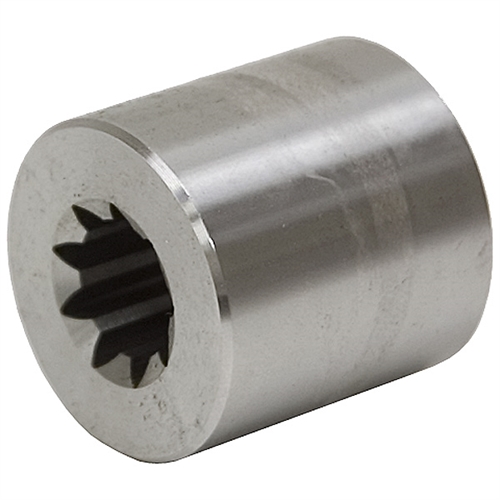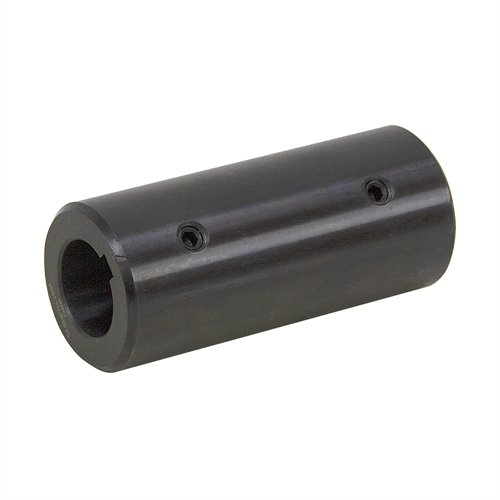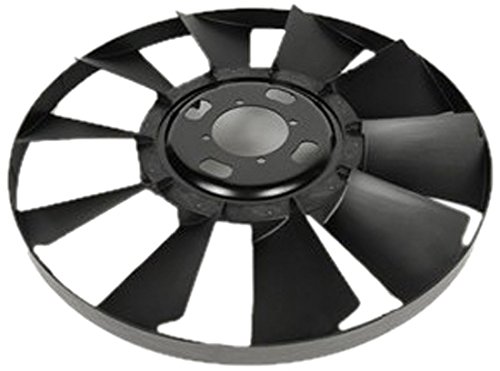87manche said,
that is an interesting question.
so what makes a multi blade prop inefficient is the fact that every blade is following in the turbulent air of the blade in front of it. So a two blade prop is more efficient than a 4 blade prop, simply because there's less turbulence for each blade to encounter on each revolution. Cleaner air=efficiency.
but there are practical restrictions to that. You have to have enough blade area to transmit the horsepower of your engine to the air. So you get into a compromise where efficiency is sacrificed for practicality.
So as a starting point I'd figure on how much HP you can generate with the hydraulic motors, what RPM you want them to run at, and what space constraints you have for the fan diameter.
Once you have those basic questions answered you can start to think about fan size and the amount of blades you need. If you only make 10 HP, then getting a 8 blade fan that can take 25 is just hurting your efficiency. You should get a 4 blade fan that's maxed out at the power you can drive it with, and it will be the most efficient choice.
This is pretty much how I prop airplanes these days. With electric power systems it's easy to know your input wattage, and therefore how large a prop you can spin. Then you've also got to take into account your desired speed envelope so you can pitch it right. Of course when you increase the pitch you have to decrease the diameter, or you can't spin it to your desired RPM, because you put too much prop on it and you don't have the power. Then you have to make sure it's going to clear everything. So sometimes I end up with a less efficient steeply pitched prop and eat the efficiency penalty because I don't have the clearance for a larger unit. My seamaster is propped with a 3 blade, because I can't put 3HP through a 2 bladed prop in the space I have between the motor pod and the fuselage. She sings good, which is a sure sign that I'm not in the happy zone for the prop, but no fucks given, that's a brute force approach.
here, listen to the bastard
https://www.youtube.com/watch?v=-i6Ey8IT-m8&t=
you're also going to want to do some basic diameter/rpm math so that you can figure out tip speed. if at any point the tips go supersonic, massive hit to efficiency and flow.
This is a big reason for swept tip props. In the transonic range they don't take the performance hit that a straight blade would because the shockwaves that are beginning to develop "slip" off the end of the prop.
so summary, because I got a little off track there.
the most efficient fan you can put on there is the one with the largest diameter, least amount of blades and least amount of pitch that can take all of the motor's power while applying enough load to keep your motor from overspeeding, or running up against it's own governor.
We adjust that as other constraints demand. So figure out how much power your hydrualic system can supply, either in HP or watts, and then we can make some semi educated guesses as to what size fan matches up to your power. I'll dig up my prop calculation software.



